Become your best ally and learn about pronouns, the difference between gender & sex and how to properly support the LGBTQIA+ community.
Sex vs. Gender: What’s the difference?
Sex is a label you’re assigned by a doctor at birth based on the genitals you’re born with and the chromosomes you have. It does not necessarily match someone’s gender/gender identity.
Gender is complex: it’s a social and legal status, and a set of expectations from society about behaviors, characteristics and thoughts. Gender identity is the internal perception of one’s gender and how they label themselves, based on how much they align or don’t align with what they understand their options for gender to be.
Sexual orientation is an emotional, romantic or sexual attraction to other people; of the same gender, different gender or multiple genders.
Pronouns to know
We use pronouns most often when referring to someone without using their name.
| Pronoun | Identity | Variations |
| he/him | male | his/himself |
| she/her | female | hers/herself |
| they/them | gender neutral, could identify as any gender | theirs/themself |
| zie/zim | non-gender specific instead of she/he | zir/zis/zieself |
| sie/sie | hir/hirs/hirself | |
| ey/em | eir/eirs/eirself | |
| ve/ver | vis/vers/verself | |
| tey/ter | tem/ters/terself | |
| e/em | eir/ers/emself | |
| Name | whatever their name is! | some people don’t want to use pronouns at all, and will ask you to refer to them by their name alone |
Terms to understand
Cisgender: applies to someone whose gender matches their “assigned” sex at birth.
Genderqueer: similar to “non-binary”–some people regard “queer” as offensive, others embrace it.
Genderfluid: applies to a person whose gender identity changes over time or changes at different times.
Non-binary: similar to genderqueer, is a spectrum of gender identities that are not exclusively masculine or feminine–identities that are outside the gender binary of male and female
Think about your pronoun. Now imagine someone calling you one you don’t think of yourself as. Imagine them doing it over and over and over, even after you’ve corrected them.
Compared with peers who could not use their chosen name in any context, young people who could use their chosen name in school, home, work and with friends experienced:
- 71% fewer symptoms of severe depression
- 34% decrease in reported thoughts of suicide
- 65% decrease in suicidal attempts
Learn everyone’s choice of pronoun. It makes all the difference.
Resources
- Find support from the Trevor Project: thetrevorproject.org/get-help-now
- Trevorlifeline: a crisis intervention and suicide prevention phone service available 24/7. 1 (866) 488-7386
- Trevorchat: confidential online instant messaging with a Trevor counselor, available 24/7.
- Trevortext: confidential text messaging with a Trevor counselor, available 24/7. Text START to 678678
- Trevorspace: online international peer-to-peer community for LGBTQIA+ young people and friends
- Trevor Support Center: where LGBTQIA+ youth and allies can find answers to FAQs and explore resources related to sexual orientation, gender identity and more.
Source: thetrevorproject.org, lgbtlifecenter.org, utexas.edu

